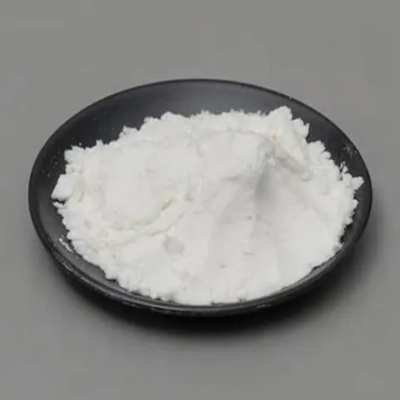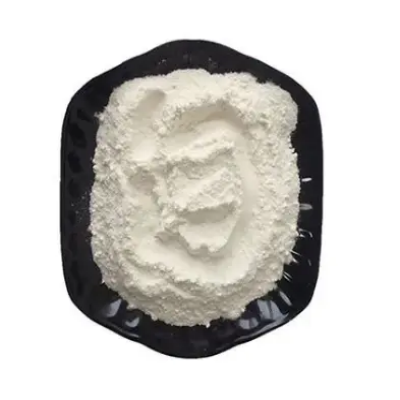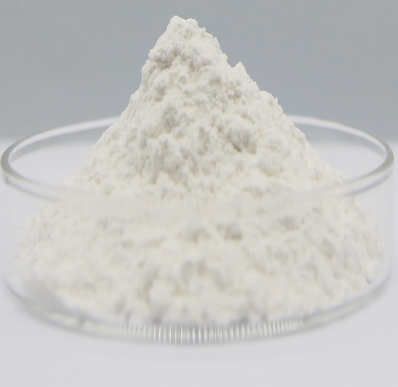3-Aminopyrazine-2-carboxylic acid CAS:5424-01-1
3,4-Dihydro-7-hydroxy-2(1H)-quinolinone, with its distinctive chemical structure, finds diverse applications in the pharmaceutical industry. One of the primary uses of this compound is in drug discovery and development. It serves as a key intermediate in the synthesis of pharmaceutical agents with potential therapeutic benefits. Researchers utilize its unique properties to modify its molecular structure and create novel drug candidates for various medical conditions. The compound's quinolinone scaffold is a common motif in many bioactive molecules, making it an essential building block for designing new drugs targeting specific biological pathways. In addition to drug development, 3,4-Dihydro-7-hydroxy-2(1H)-quinolinone is employed in medicinal chemistry research for studying the structure-activity relationships of pharmaceutical compounds. Scientists use it as a scaffold to explore the impact of different chemical modifications on a compound's biological activity and pharmacokinetic properties. This compound's versatility allows researchers to fine-tune drug candidates for enhanced efficacy, reduced side effects, and improved bioavailability, contributing to the advancement of medical treatments. Furthermore, 3,4-Dihydro-7-hydroxy-2(1H)-quinolinone is utilized in academic research and industrial laboratories for synthesizing chemical probes and studying enzyme inhibition mechanisms. Its presence in chemical libraries enables scientists to screen potential drug targets and assess their interaction with biological receptors. By incorporating this compound into drug discovery programs, researchers can accelerate the identification of lead compounds and optimize their pharmacological profiles for clinical development. Overall, 3,4-Dihydro-7-hydroxy-2(1H)-quinolinone plays a vital role in the pharmaceutical industry and medicinal chemistry research, serving as a versatile tool for drug development, structure-activity relationship studies, and bioactivity modulation. Its significance as a key intermediate underscores its importance in the synthesis of pharmacologically active molecules and exploration of new therapeutic avenues in modern medicine.



| Composition | C9H9NO2 |
| Assay | 99% |
| Appearance | white powder |
| CAS No. | 22246-18-0 |
| Packing | Small and bulk |
| Shelf Life | 2 years |
| Storage | Store in cool and dry area |
| Certification | ISO. |









